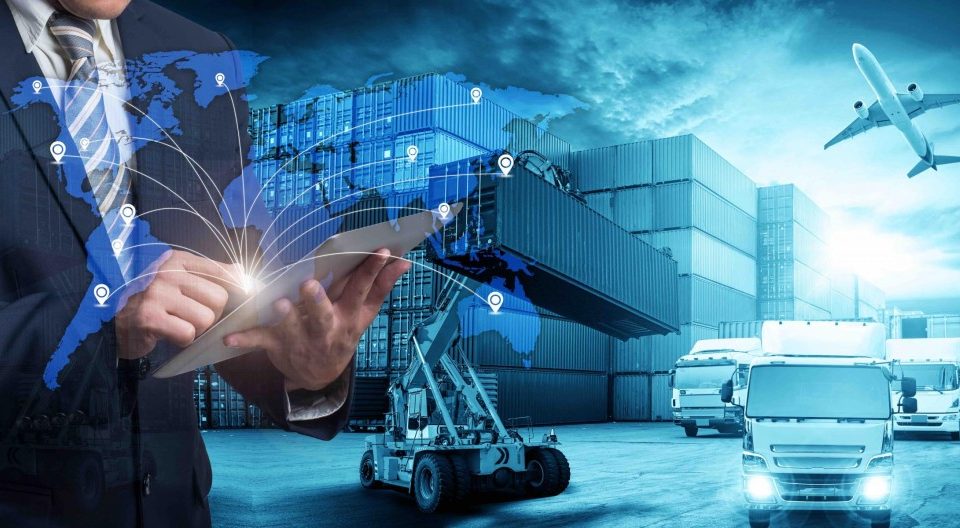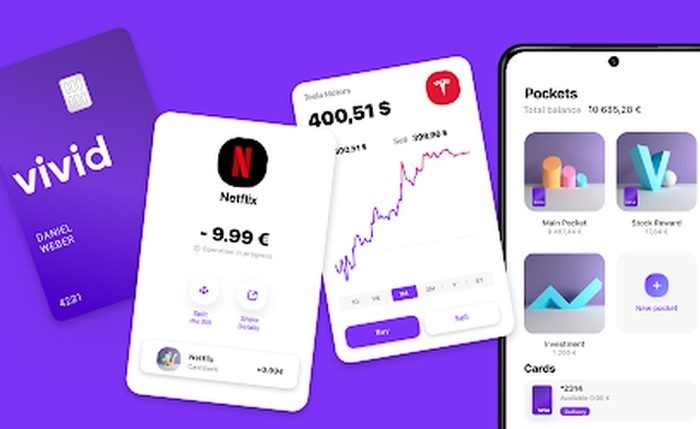4 Supply Chain Technology Freight Forwarders to Watch in 2022

The freight forwarding industry has long played a critical role in the economy. Speedy innovations often skip over this industry, even though the delivery of goods is even more important to both consumers and retailers than it has ever been in the past. Digital disruptions caused by newer freight providers over the past few years have caused longstanding freight delivery firms to change their tune on their opinions of the use of technology in freight forwarding.
COVID-19 Pandemic Caused an Industry Upheaval
As soon as the first COVID-19 case was reported in the United States in January 2020, under-prepared freight forwarders set off panic alarms in the industry. The old hats in the industry simply weren’t prepared for the situations the soon-to-be pandemic demanded, including remote working, scarcity of drivers, personnel loss, the effects of cost-cutting, and more.
On the other hand, freight delivery services that adopted high-tech solutions early on felt minimal effects from COVID-19. From the time the World Health Organization declared a pandemic in March 2020 through now, the businesses that adopted technology didn’t experience any negative impacts on their bottom lines. The pandemic has brought to light the need for futuristic and alternative technologies that will help businesses thrive in an economically tough environment. Let’s take a look at four of those supply chain technologies that freight forwarders will make use of in 2022.
Artificial Intelligence
Artificial intelligence could extract helpful data that would improve the organization and cohesiveness of the logistics industry. These technologies have the potential to drastically reduce the amount of human error that leads to delays in deliveries and fines caused by drivers spending too much time on the road or driving while drowsy. Artificial intelligence could also help with:
- Avoiding mistakes caused by people
- Decreasing job completion time
- Analyzing internal and external trends
- Identifying opportunities for future growth
- Making accurate predictions about demand for goods
- Optimizing transport availability and capacity
- Maintaining just the right level of stored supplies
- Remaining flexible to variable demands
- Reducing schedule derailments through the delivery of real-time capacity and price variability
Blockchain
Since the beginning, blockchain investments have delivered incredible returns. However, many longstanding industry players find it difficult to understand, which is why extra effort needs to be made around its adoption. Blockchain is a distributed ledger with the public distribution. The financial industry was the first to adopt it, but other industries have also realized how it can help their bottom lines.
In freight forwarding, blockchain’s usefulness includes setting up contracts with carriers, regulatory bodies, shipping companies, and couriers. It also offers utility in making payments. These data transactions and funds transfers are more secure when conducted through blockchain. This technology also provides transparency in payment confirmation and minimizes the risk of fraudulent activities. Information stored in the blockchain allows parties to track and trace goods and payments. The rapid delivery of data also benefits customers because they can track locations and estimated delivery times. This leads to higher levels of customer loyalty, trust, and satisfaction.
IoT Sensor Technology
A lot of the problems in freight delivery and logistics originate from areas with little to no visibility. Many forms of technology, including radio frequency identification tags (RFIDs) and GPS have existed for at least 10 years. They provide information about the real-time placement and movement of ships, containers, and parcels. These technologies were created to reduce false claims of theft, product damage, and accidents. This could limit the amount of liabilities and marine insurance required by the freight company.
The detailed and real-time information about product location also helps customers plan staffing levels for unloading and product distribution for last-mile deliveries.
The Internet of Things, or IoT, transforms many aspects of logistics. It allows carriers to share information about pressure, temperature, and state changes of products. Time-sensitive, high-value shipments that require specific conditions can be monitored by customers and delivery companies.
A recent analysis of freight delivery companies estimates that 80% of them will implement IoT within five years. With IoT technology, airports, shipping ports, and train terminals can get accurate information about arrival times, product quantities, and storage requirements. The technology allows recipients to reduce spoilage, minimize tampering and record the quantities of products they receive.
Last-mile and Contactless Deliveries
Electronic proof of delivery became standard since the start of the COVID-19 pandemic. Contactless delivery has also grown since March 2020. Nearly 40% of Americans said they prefer contact-free deliveries out of concern for their own safety and the safety of the driver. Some recent experiments with drones, self-driving vehicles, and autonomous transportation could lead to new delivery trends in the next few years. Alphabet has tested delivery drones for taking repair parts to ships that are still at sea. College campuses use robots to deliver meals to students who are sick with COVID-19.
Freight forwarders need an economy that allows a variety of technologies to work together. Interdependence on these digital tools and technologies requires seamless communication. When properly implemented, these technologies provide value to customers and savings to providers. A successful implementation process requires a holistic approach and plenty of human curiosity.

